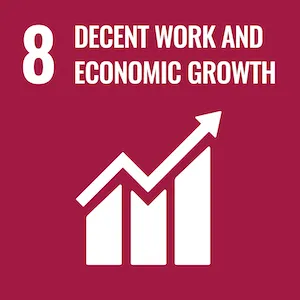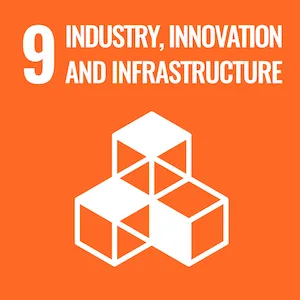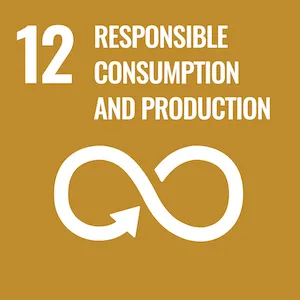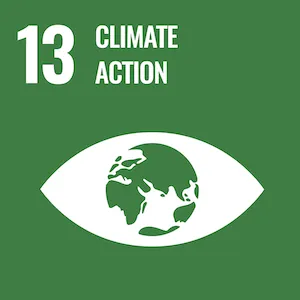ACTPAC
A Complete Transformation PAth for C-C backboned plastic wastes to high-value Chemicals and materials
Objectives
The ACTPAC project aims to establish a complete industry-viable chemo-biological transformation route for the conversion of C-C backboned plastic wastes into high-value monomers and biochemicals, and the resulting new biofeedstock will be explored for the synthesis of biodegradable PE-like polyesters. Thus, a zero-pollution bio-based solution to the existing environmental challenge is created, keeping plastic wastes out of the environment, and reclaiming their values for a better circular bioeconomy. To this end, a series of technologies and innovative chemo-/biological transformation systems will be developed and demonstrated at a pilot scale. Two novel arrays of monomers (α,ω- diols and α,ω -dicarboxylic acids) with differing chain lengths will be developed. Correspondingly, a broad spectrum of polymer products with different properties, affording various applications.
Description
The ACTPAC innovations will develop a new waste-to-biodegradable polymers value chain with drastically increased ecological sustainability while at the same time ensuring competitive alternatives to fossil-based materials. Firstly, originated from alkanes of different lengths, the monomers from short-to-medium-to-long chain lengths can be biologically produced; accordingly, different polyesters (M/E ratios) can be synthesized which make it possible for a property-customizing manufacture. These polyesters can be orientated towards a variety of applications from utilization in packaging film or containers, medical materials, household goods, to agriculture etc.
Secondly, a drastic increase in the environmental sustainability profile is expected, compared with the use of ffossil-based counterparts. Increased sustainability will be achieved by the eco-design of the monomer and polymer structures, enabling the obtention of 100% biodegradable, compostable and recyclable materials, and consequently a lower plastic application footprint. Besides, packaging and other properties will ensure the reduction of food waste thanks to better conservation of the products packed. Thirdly, competitive alternatives to fossil-based counterparts will be ensured since the new PE-like polyester materials will keep up with technical requirements at an attractive cost (it is expected a potential reduction of the end-of-life plastic treatment costs between 70-90%, in comparison with current plastic packaging recycling schemes) and pursuing advanced functionalities for the selected endproducts.
Financing





